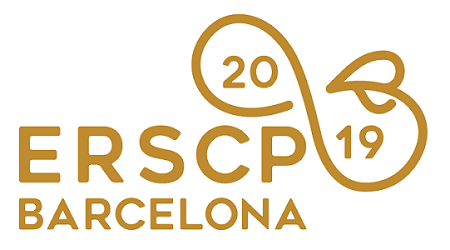Full Program »
Problematic Plastic Waste: 5 ways to increase circularity
The increasing issue of plastic waste is really (at least) two separate but related problems. Both of these `plastics problems' can be understood as `circular economy fails' in that the problem arises from a lack of effective thought or preparation about how to keep plastics in circulation after serving their intended purposes. First, any product created from non-recyclable plastic or plastic that is mixed with other materials in a non-separable or non-recyclable way has a completely linear lifespan. These products include crisp packets or tubes, foil and plastic packaging for tablets or medicines, black plastic trays supporting packaged food, most disposable hot drinks cups, heavy plastic housings for domestic electronics, plastic films or wraps and many more. The best possible expectation for most of these products is to sit in landfills for thousands of years, contributing to issues of landfill volume and long term maintenance. Second, some kinds of plastics, which may or may not be recyclable, are more likely than others to be disposed of improperly and creating visible plastic contamination in natural areas and invisible microplastic contamination in water, soil and even food. These products include fast food and drinks containers, cigarette butts, chewing gum and other plastics that are often dropped or left outside of waste bins as well as the kind of plastics that are often flushed down toilets such as cotton ear buds, wet wipes, condoms or menstrual products. Even when the plastic in these products is recyclable, the material is not captured effectively in waste collection systems, ultimately creating a linear product lifespan. Fortunately, there are multiple ways to introduce circularity to the `plastics problem', or more accurately, the `plastics problems'. Plastic wastes can be made less linear if they are averted through the use of non-plastic materials, minimised by decreasing the amount of plastic used, delayed if reused rather than replaced after a single use. Even if minimised or delayed, plastics that cannot be averted could be recycled, although this would require advanced in recycling capacity and technology through better capture of materials and innovative processes for those plastics that are currently non-recyclable. Finally, the energy embedded within plastic waste can be recovered if the wastes are burned for energy production or if plastic-consuming microbes are developed that can use plastic as an input to biological processes. None of these methods are applicable to all possible plastic waste situations nor are the methods completely free of problems of their own. This research identifies the strengths and weaknesses of each of plastic waste management methods described above in relation to both of the identified plastics problems. Further, this research explores how the methods can be combined to offset the weaknesses and create an effective mix of solutions that could have a significant impact on the `circular economy fails' of plastic.
